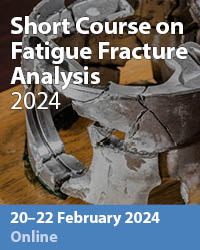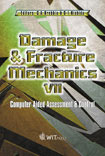Industrial Application Of Two Numerical Models In Concasting Technology
Price
Free (open access)
Transaction
Volume
37
Pages
Published
2002
Size
1017 kb
Paper DOI
10.2495/DM020181
Copyright
WIT Press
Author(s)
J Dobrovska, V Dobrovska, F Kavicka, K Stransky, J Stetina, J Heger, L Camek & B Velicka
Abstract
This paper deals with the causes of a transversal crack in a steel slab with a 1300x145 mm cross-section by means of two numerical models. Samples were taken from and around the crack in order to analyze the concentration, as well as the chemical heterogeneity of the constituent elements and impurities. Simultaneously, the concentration of elements at the surface of the crack was measured after the crack was opened. The heterogeneity of elements was analyzed by the JEOL JXA 8600/KEVEX device. The measurement results were processed using mathematical statistics. The chemical heterogeneity of elements in the steel matrix around the crack, and at the crack surface, had been evaluated with the help of heterogeneity parameters, i.e. the arithmetic mean of concentration, the standard deviation of concentration and the index of heterogeneity of the analyzed elements. The results proved that there was an internal crack initiating immediately below the solidus temperature and consecutively propagating. 1 Two numerical models in concasting technology Two original numerical models have been developed and used in the investigation of a continuously cast low-carbon-steel slab [l]. The first (one of two) 3D model of the temperature field of a concasting is capable of simulating
Keywords





